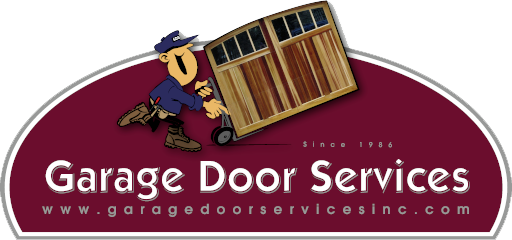Identifying Garage Door Springs
Garage Door Services
Identifying Garage Door Springs
If your garage door spring is broken, getting in or out can become downright impossible. In order for us to successfully sort you as quickly as possible, we need to know what kind of springs we are dealing with. Learn more about how to locate your door’s springs below. Call Garage Door Services for more information.
Location of Springs
If you stand where your car normally sits with the door closed, the location of the springs will tell us the most about what we’re dealing with. Please take a photo (or photos, if needed) for us and include it with your service request. Fill out our form today to get started.
List of Services
-
Above the door in the center?List Item 1
You have either a single or paired torsion spring. Please let us know if it is a single or pair.
-
At the back of the horizontal tracks?List Item 2
Rear torsion springs can be found behind the door (closer to the center of garage) when the door is open.
-
Above the door on the right or left (both for a 16′ door)?Above the door on the right or left (both for a 16′ door)?List Item 3
Non-standard springs, these easy wind or easy set springs. Note: We do not service these springs – we will only offer converting to torsion springs.
-
Outside horizontal tracks on both right and left?List Item 4
Extension springs are an older, though very common variety of springs. They are considered unsafe. Note: We do not service these springs – we will only offer converting to torsion springs.
-
A silver tube over the door and no visible spring?
Torque tubes are another non-standard spring. Note: We do not service these springs – we will only offer converting to Torsion springs.
-
Single or paired silver tube from Overhead Door?
These are Overhead Door Company’s old armor tight springs. They are considered obsolete and cannot be repaired. Note: We do not service these springs – we will only offer converting to torsion springs. We do recommend changing paired springs together. There are multiple reasons for this, but one of the main ones is your cost – a single service call to replace two springs is much less expensive than two service calls.
Learn More About Garage Door Services
Serving the Traverse City, MI area, Garage Door Services specializes in garage door sales and garage door services. Founded in 1986. Certified, licensed, bonded, and insured. Free estimates available. Request a service today.


Share On: